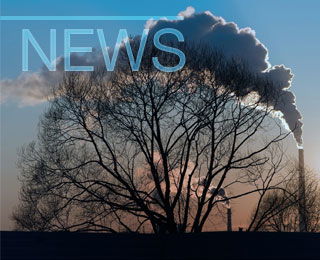The Lafarge cement plant in Bath, Ontario will be permitted to burn scrap tires as well as garbage such as cellulose, plastics and bone meal, in a $10-million tire and waste-burning facility west of Kingston. Interestingly, Ontario’s environment ministry gave the project the go-ahead without requiring a lengthy and expensive environmental assessment. The project will have to comply with the provisions of the Environmental Protection Act.
The Loyalist Environmental Coalition -- a local citizens’ group -- is upset about the EA exemption, because it means that Lafarge won’t have to pay for certain studies on the socio-economic and environmental impacts. But Lafarge says it has spent $500,000 collecting data and producing studies to explain its waste-to-energy project. The company hopes to replace about 30 per cent of its coke and coal-burning fuel with refuse-derived fuel (RDF) and knock as much as $1 million off its annual energy bill.
A certificate of approval will be required before the company can start burning RDF. Assuming the government doesn’t order public hearings, the technology could be in place by next fall. The citizens’ group is concerned about the potential for high levels of lead, mercury and zinc that may exist in imported tires to escape the 30-year-old kiln. The group feels that only an EA could objectively assess the risks, and isn’t satisfied with a clean bill of health given the project by a Queen’s University professor the company hired to review the project.
The company says the RDF and process will actually improve emissions from its facility. The plant will not stockpile tires, but bring them in on an as-needed basis. Plastics and bone meal will be stored on site in silos.
Lafarge would be the first cement plant in Ontario to burn RDF – an approach that is common in other jurisdictions. The Essroc cement plant in Picton, Ontario was granted permission to burn tires and RDF in 1997 but has yet to do so.
